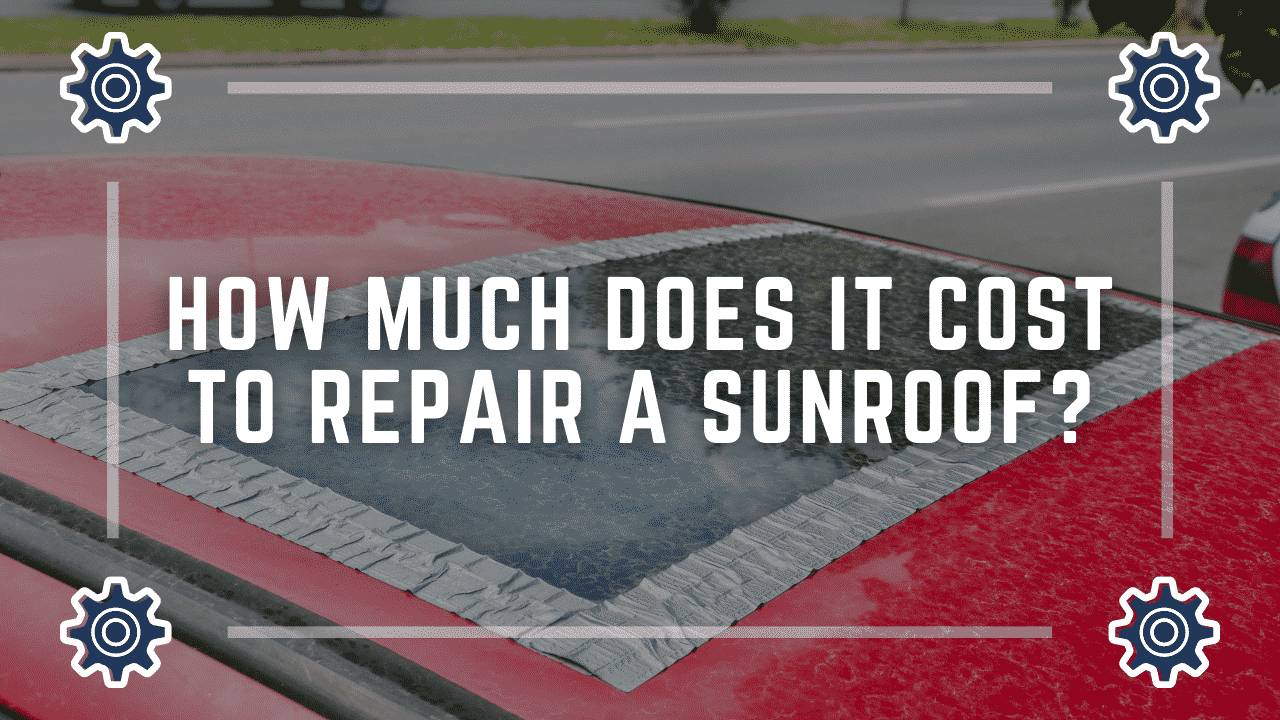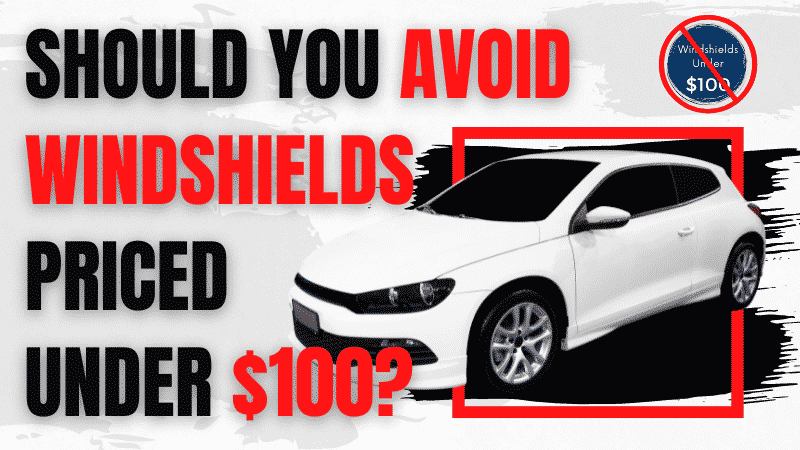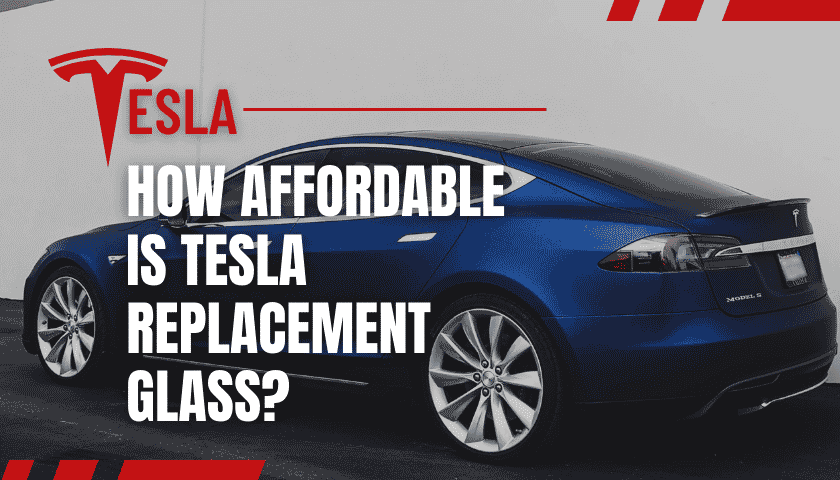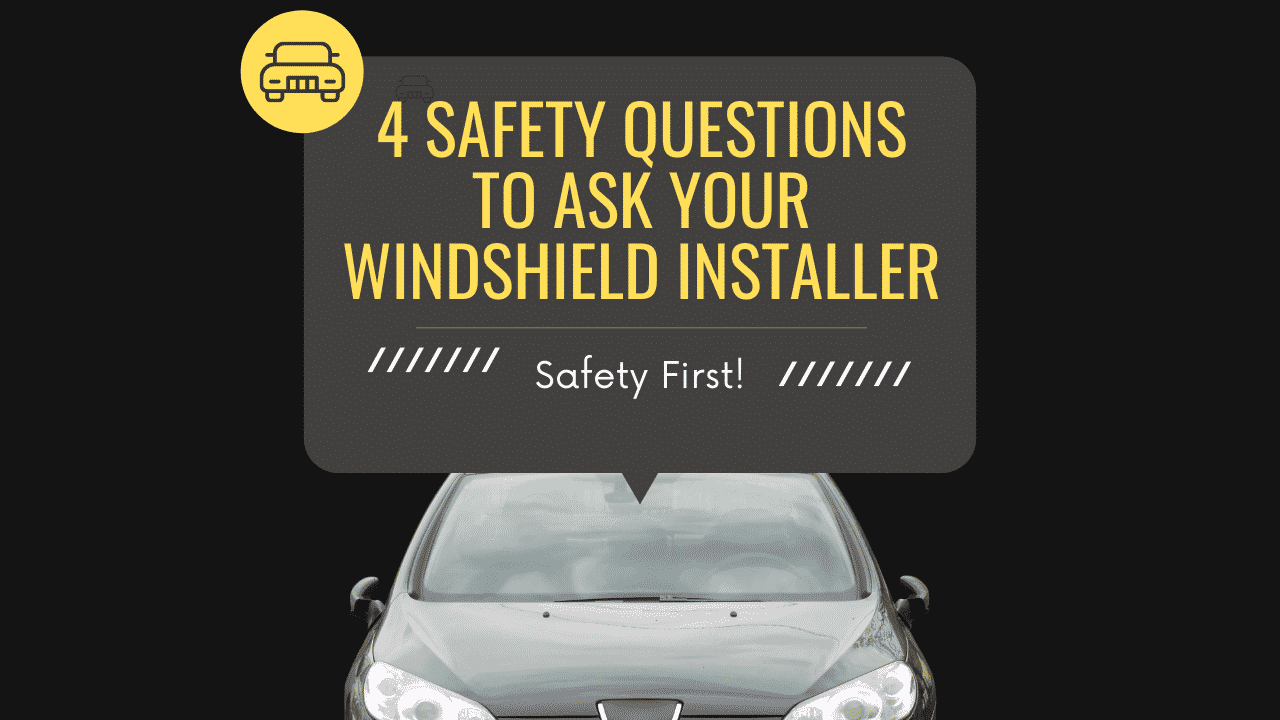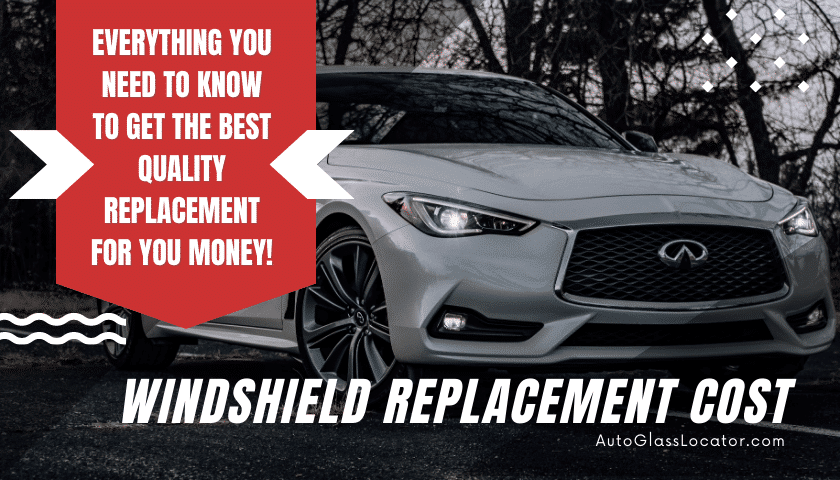
Key Insights into the Cost of Replacement Your Windshield
What's In This Post?
- 1 Key Insights into the Cost of Replacement Your Windshield
- 2 Factors Influencing Cost:
- 3 Insurance Coverage and Claims:
- 4 Choosing a Service Provider:
- 5 DIY vs. Professional Repair:
- 6 Understanding Windshield Types
- 7 Auto Glass Services We Provide
- 8 Final Thoughts:
- 9 Frequently Asked Questions
- 10 Key Takeaways: Windshield Replacement Cost Insights
- 11 Let’s Talk
Imagine you’re driving down the highway, and suddenly, a stray rock strikes your windshield, leaving a noticeable chip. While it’s a common occurrence, it raises an important question: how much does it cost to replace a windshield? Understanding these costs is crucial, not only for budgeting but also for ensuring your vehicle’s safety.
Factors Influencing Cost:
The cost of windshield replacement can vary significantly based on several factors:
- Vehicle Make and Model: Different vehicles require different windshields, with prices varying accordingly. For instance, a 2017 BMW M4 might cost more to replace than a 2005 Chevrolet 1500 due to the BMW’s newer, dealership-specific glass and advanced features like rain sensors.
- Type of Glass: Choosing between Original Equipment Manufacturer (OEM) and aftermarket glass affects the cost. OEM glass, aligning with factory standards, typically costs more but ensures a perfect fit and integration with your vehicle’s features.
- Windshield Features: Additional functionalities like heated wiper park areas, lane departure warnings, and rain-sensing wipers add to the manufacturing complexity, increasing the replacement cost.
- Nature of Damage: The extent and type of damage – be it a small chip or a large crack – influence whether repair or complete replacement is needed, affecting the cost.
Insurance Coverage and Claims:
Insurance can significantly reduce out-of-pocket expenses for windshield replacement. Many comprehensive car insurance policies cover windshield repair and replacement. However, it’s crucial to check your policy for coverage details and understand the deductible costs. In some cases, insurance may fully cover the repair without affecting your rates.
Choosing a Service Provider:
Selecting a reputable service provider is paramount. Consider factors like:
- Quality of Glass and Parts: Ensure the provider uses high-quality, certified glass, whether OEM or equivalent.
- Certification of Technicians: Certified technicians guarantee a higher standard of repair and adherence to safety norms.
- Warranty and Service Options: Look for providers offering solid warranties and flexible service options, like mobile repairs.
Autoglasslocator.com streamlines this process, helping you find trusted local providers quickly and efficiently.
DIY vs. Professional Repair:
For minor damages, a DIY approach might be tempting. However, it’s crucial to assess the extent of damage and your skill level. Professional service is usually advised for safety and quality reasons, especially for larger or more complex damages.
Understanding Windshield Types
There are three primary types of glasses: OEM (Original Equipment Manufacturer), dealer, aftermarket, and generic. While all meet safety regulations, their quality and cost can vary. It’s essential to understand the differences to make an informed decision.
- OEM windshields: OEM windshields offer the highest level of quality available and are built to the exact specifications of the original equipment that came with your vehicle. These premium windshields are more expensive than other replacement options, but a warranty is often included in the cost. With OEM replacements, you can be assured of perfect fitment suited for your specific make and model. They provide superior performance and protection from road debris and hazardous conditions on the road.
- Dealer windshields: Dealer glass is designed to replicate the quality and specifications of the original automotive glass installed on your vehicle at the manufacturer. Dealer glass usually includes the automotive manufacturer’s logo on the lower corner of the glass, and it’s priced slightly higher than OEM glass. The quality of dealer glass is equal to OEM windshields and surpasses aftermarket glass in terms of resistance and durability.
- Aftermarket windshields: Aftermarket glass comes from companies other than the original manufacturers. It’s usually less expensive than OEM glass but still designed to fit like the original. Quality can differ greatly and may not meet the quality of OEM or Dealer windshields, which is why it’s important to select a reliable manufacturer to ensure that you get a product that is both safe and high quality.
- Generic windshields: Generic and aftermarket windshields are often used interchangeably, though they can differ substantially. Generic ones typically come from large manufacturers who sell them under an array of brand names. On the other hand, aftermarket windshields come from more specialized companies.
The quality of generic compared to aftermarket windshields fluctuates depending on their maker. Some meet the same degree of excellence as the latter, whereas others may not be as reliable. Therefore, selecting a trusted provider with an established history of producing top-notch windshields is wise.
One positive aspect of utilizing aftermarket windshields is that they’re made by manufacturers that possess specialized insight into creating models suited for certain vehicles. This can comprise improved fit & greater overall quality than generics would provide.
It’s essential to consider quality, fit, and price when selecting a windshield replacement. Whilst dealer windshields present superior quality, they may be an unnecessary expense for some vehicles. OEM and aftermarket versions offer more economical options and adhere to quality standards, so they’re suitable for your vehicle. Ultimately, it comes down to how much you can spend and your exact requirements.
Auto Glass Services We Provide
- Front Windshields
- Door Glass
- Rear Windows
- Vent Glass
- Semi Truck Windshields (Not all locations)
- Sunroof Repair and Replacement (Not all areas)
- Glass Scratch Removal (Not all areas)
- Mobile Windshield Repairs
- RV Windshields
Final Thoughts:
When dealing with windshield replacement, informed decision-making is key. Understanding the various factors that influence costs, from vehicle specifics to the type of glass and repair options, empowers you to make choices that ensure both the safety and cost-effectiveness of your vehicle maintenance. Remember, the right knowledge and the right service provider can transform an unexpected expense into a wise investment in your vehicle’s longevity and safety.
Frequently Asked Questions
- What factors affect the cost of windshield replacement?
- The cost varies based on the vehicle’s make and model, type of glass, additional features, and extent of damage.
- Can windshield replacement costs be covered by insurance?
- Yes, many comprehensive car insurance policies cover these costs, subject to policy terms and deductibles.
- How do I choose a windshield replacement service provider?
- Consider the quality of glass, technician certification, warranty offerings, and service convenience.
- Is it more cost-effective to repair or replace a damaged windshield?
- This depends on the damage’s nature; minor damages often warrant repair, while significant damage may require replacement.
- How long does it take to replace a windshield?
- The duration varies but typically ranges from one to a few hours, depending on the provider and vehicle.
- What is the difference between OEM and aftermarket windshields?
- OEM windshields match the factory specifications and are generally more expensive, while aftermarket options may be more affordable but vary in compatibility and features.
- Does the type of vehicle affect windshield replacement costs?
- Yes, luxury and newer models with advanced features often incur higher replacement costs.
Key Takeaways: Windshield Replacement Cost Insights
- Varied Cost Factors: The cost of windshield replacement is influenced by vehicle make and model, glass type (OEM or aftermarket), windshield features, and the extent of the damage.
- Insurance Coverage: Comprehensive car insurance often covers windshield replacement, but it’s crucial to understand your policy’s terms and deductibles.
- Choosing a Service Provider: The quality of glass, technician certification, warranties offered, and service options are key considerations when selecting a windshield replacement service.
- Repair vs. Replacement: Decision-making between repair and replacement depends on the severity of the damage. Minor damages might be repairable, while significant damages usually necessitate a replacement.
- OEM vs. Aftermarket Glass: OEM windshields align with factory standards and are typically more expensive, whereas aftermarket options are more affordable but might vary in quality and features.
- Vehicle Specifics Impact Costs: Luxury and newer vehicles, especially those with advanced features, generally incur higher replacement costs.
Let’s Talk
Making choices for auto glass on your vehicle doesn’t have to be a hassle, and we hope this page was helpful in your decision process!
If you have any questions about our auto glass repair or replacement services, please don’t hesitate to contact one of the local auto glass shops in our directory by clicking the “Find Local Shops Now” button. Customer service representatives are available and ready to help with your auto glass installation or repair needs.
Customer Feedback
Sources:
- Safelite AutoGlass, “How Much Does Auto Glass Cost?” Safelite
- AutoGuide.com, “How Much Do Windshield Replacements Cost? (2023).” AutoGuide.com
- Glass Doctor, “Windshield Replacement Prices.” Glass Doctor
- Glass.com, “How Much Does a Windshield Replacement Cost in 2024?” Glass.com
- Mechanic Base, “How Much Does It Cost To Replace A Windshield?” Mechanic Base


